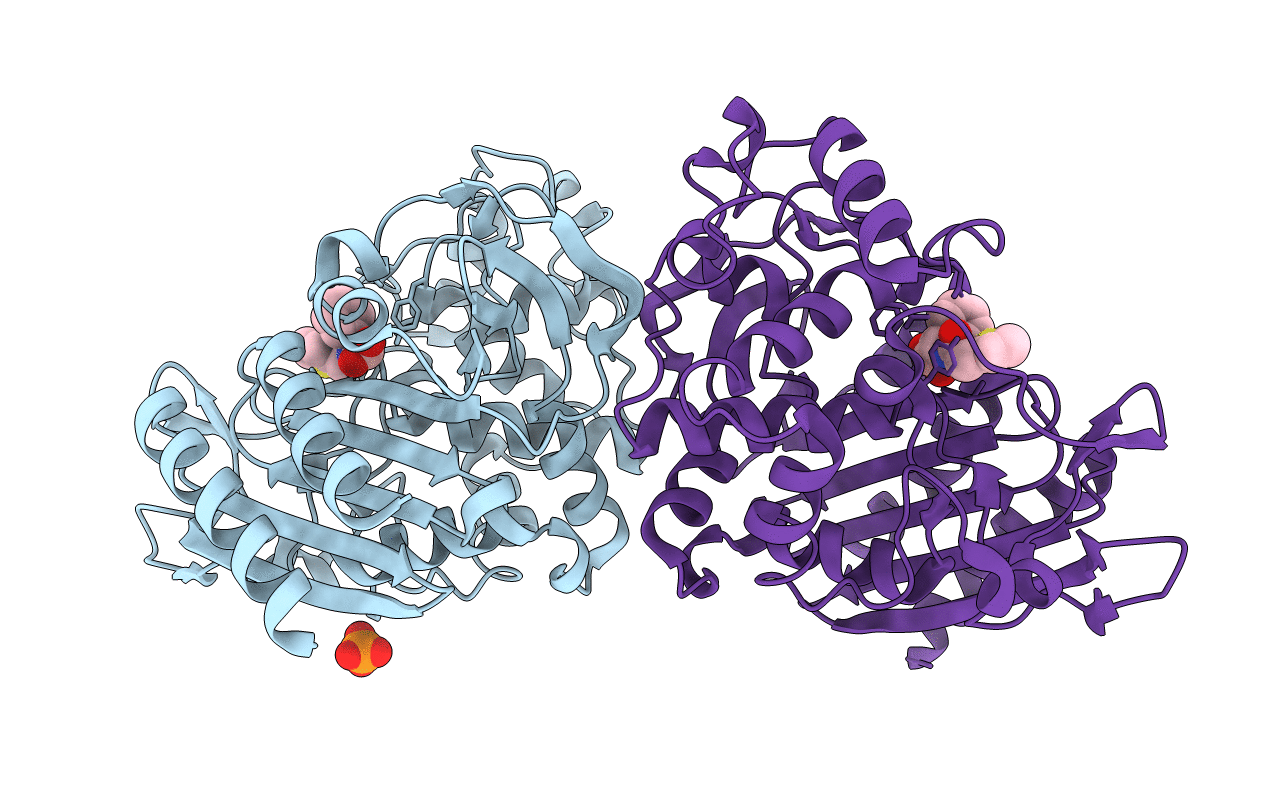
Deposition Date
2002-10-03
Release Date
2003-03-04
Last Version Date
2024-10-30
Entry Detail
PDB ID:
1MY8
Keywords:
Title:
AmpC beta-lactamase in complex with an M.carboxyphenylglycylboronic acid bearing the cephalothin R1 side chain
Biological Source:
Source Organism:
Escherichia coli (Taxon ID: 562)
Host Organism:
Method Details:
Experimental Method:
Resolution:
1.72 Å
R-Value Free:
0.18
R-Value Work:
0.16
Space Group:
C 1 2 1


